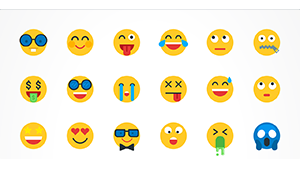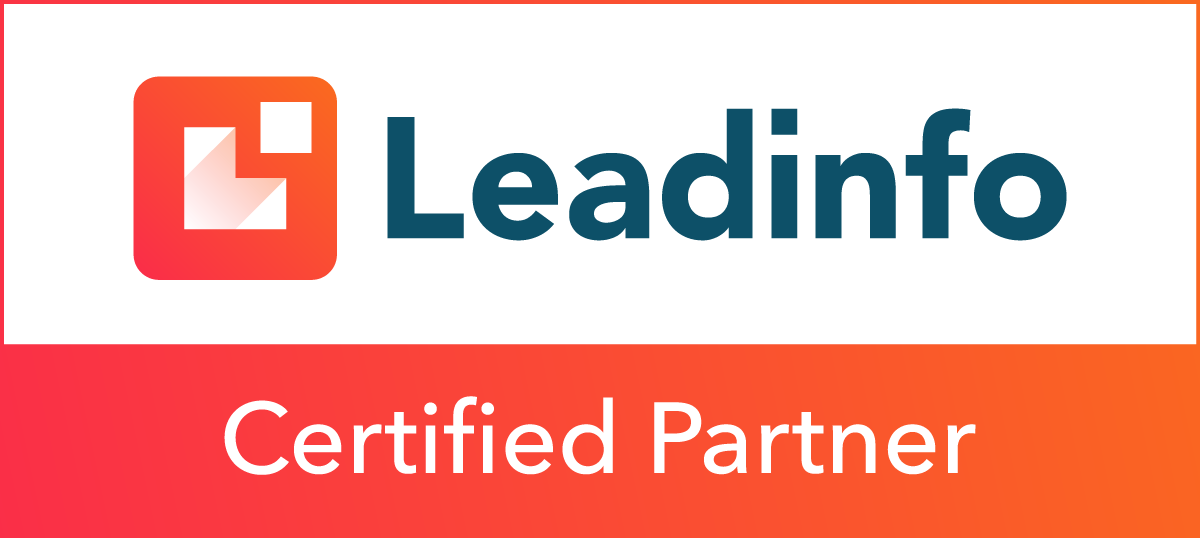
Blog

Calculating Customer Acquisition Costs is Essential to Your Business
If you learn anything from watching the popular ABC business reality show “Shark Tank” it's that you better know your numbers before jumping into the water, especially your customer acquisition costs (CAC).
Before investing their money, the “Sharks” on the program are always keen to understand this crucial business metric, which puts a financial value on how much it costs a company to acquire each new customer.
Calculating your CAC can simply be achieved by dividing new customer acquisition expenditures such as advertising, marketing, and sales by the total number of new customers over a set period, but the subject can get quite complex.
Sharks Know Their CAC
Companies need to know their CAC to grow and most ventures, especially in the startup phase or while still fledgling, may not survive without a good grasp of the metric.
“You’ve got to remember that in America 8 out of 10 deals that are started fail in three years for one singular reason: They were never able to get their customer acquisition cover cost below the customer’s lifetime value,” said Shark Tank’s Kevin O’Leary, aka Mr. Wonderful, at the Tribeca TV Festival in 2018.
In fact, one of Shark Tank’s biggest success stories, Echo Valley Meats, had its first pitch go off the rails in Season 4 when founder Dave Alwan was not able to identify for the Sharks his CAC.
Fast forward to Season 6 and Echo Valley Meats and Alwan made a rare second appearance on the show. This time, Alwan knows his CAC, $12, along with a host of his other pertinent business data and Mark Cuban invests $150K
How to Calculate Your CAC
Before calculating your CAC, you need to identify what resources you are using to acquire new customers.
According to HubSpot you will want to figure out your total sales and marketing costs associated with attracting new leads and converting them into customers including:
- All program and marketing spend including ad spends, including creative, technical, production and publishing costs
- Salaries
- Commissions and bonuses
- Overhead
Lowering your current CAC for your business can help create higher returns in total profit.
Here is an example: A small t-shirt company wants to reach new customers for a new line of shirts. They spend the following on a campaign:
- $500 on Facebook ads
- $500 on paid search through Google
- $500 to an Instagram influencer
- $500 in production costs for ads, copy & design
Total budget is $2,000. The campaign results in 200 new customers. The CAC is then $10 ($2,000 divided by 200).
The next level of understanding your CAC would be for the t-shirt company to figure out which of the channels the new customers came from (Facebook vs. Google vs. Instagram) and then adjust future budgets and campaigns accordingly.
Not All CAC is Equal
Each industry and every company has unique circumstances for CAC.
A lot depends on the total expenditure by the average new customer and mark-up of the product or service.
Your CAC to get a new customer to buy a Maserati is going to be a lot higher than the little t-shirt maker.
According to HubSpot, the average across all industries can range from $7 to $395 per new customer:
- Travel: $7
- Retail: $10
- Consumer Goods: $22
- Manufacturing: $83
- Transportation: $98
- Marketing Agency: $141
- Financial: $175
- Technology (Hardware): $182
- Real Estate: $213
- Banking/Insurance: $303
- Telecom: $315
- Technology (Software): $395
Creating Customer Lifetime Value
Of course, the next time that new customer makes another purchase, you no longer have the CAC associated with that transaction. You would only have to factor customer retention costs which should be considerably lower.
Echo Valley Meats, for example, had a $1 retention cost vs. the $12 CAC.
Now we should mention another important metric: customer lifetime value (LTV).
LTV is how much money you will get on average over the lifetime of that customer’s relationship with your company.
NP Digital co-founder Neil Patel has a fascinating case study of LTV for Starbucks customers.
Contact adWhite today for a free consultation on how to improve your CAC and other key business metrics. Unlike sharks, we do not bite.
Subscribe to email updates
Recent posts

Related Articles

Topics

Topics

Topics






